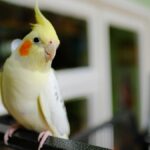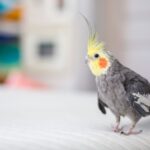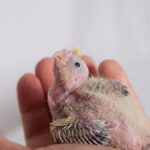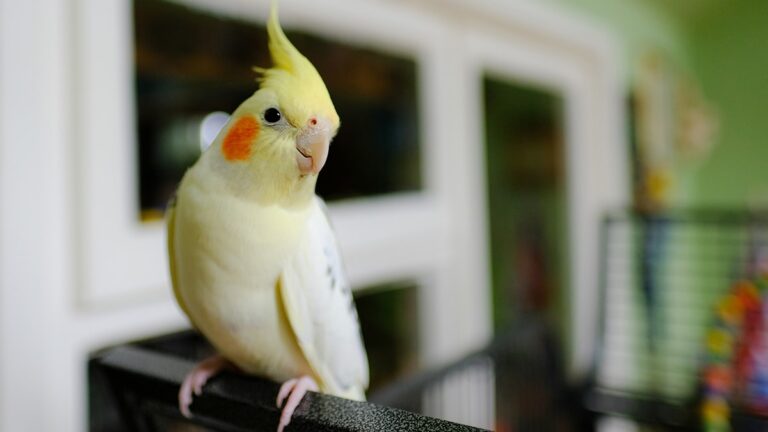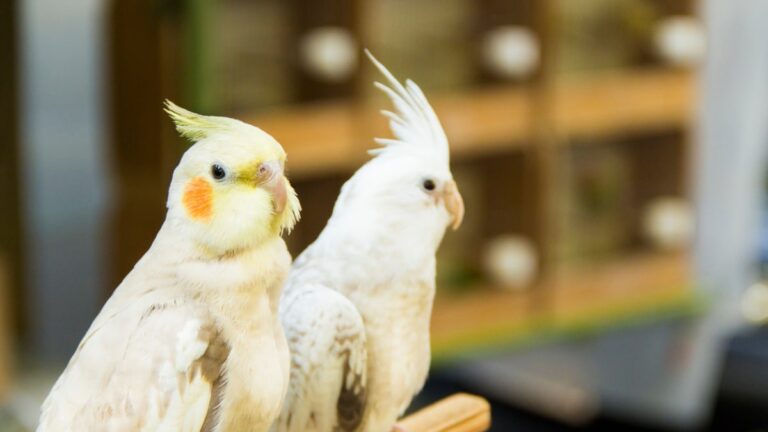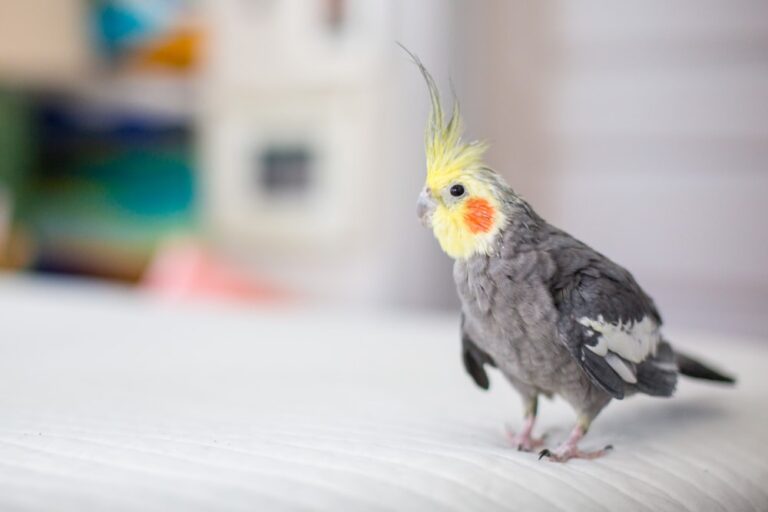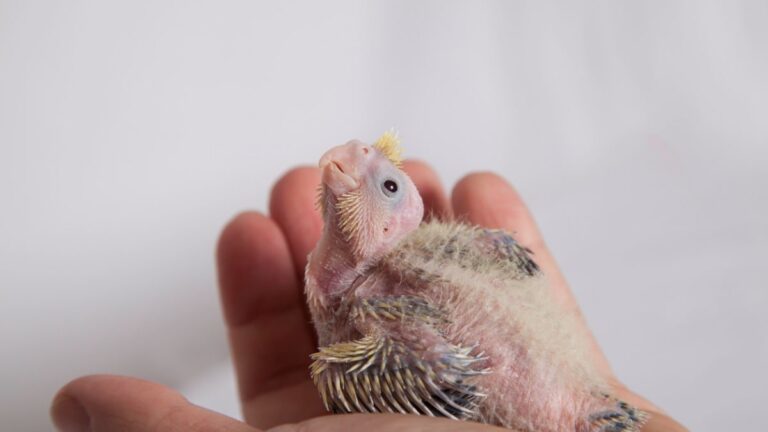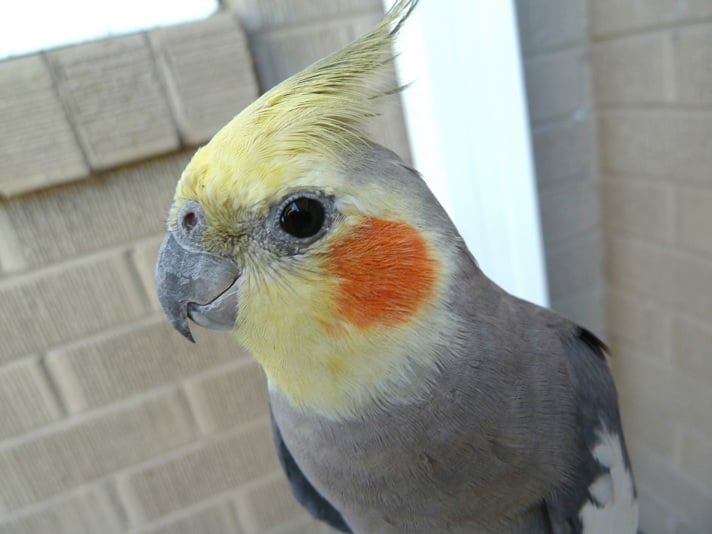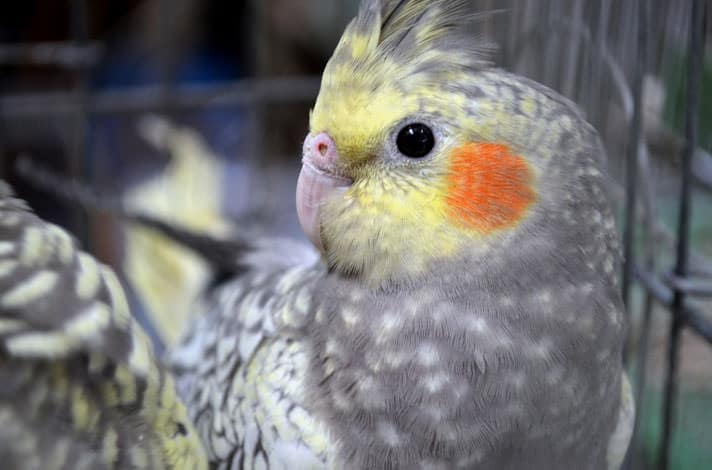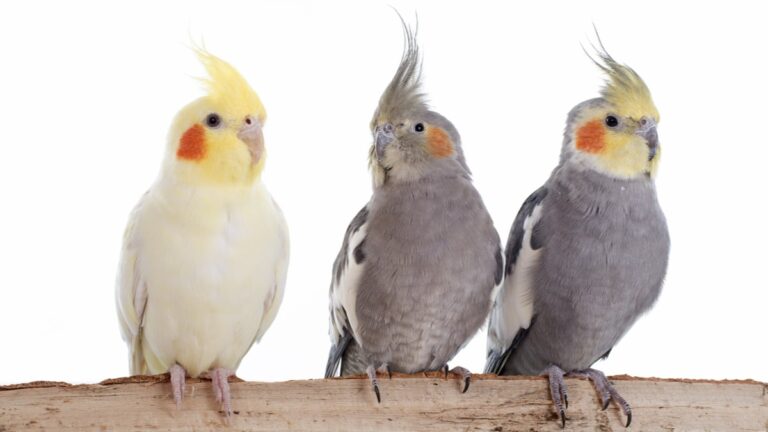Male Versus Female Cockatiels
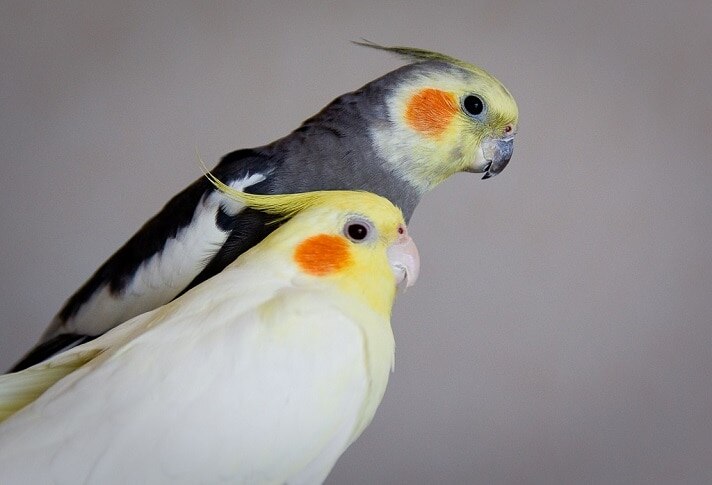
Photo by Chewy
Cockatiels are one if not the most favorite pet birds out there. They are smart, charming, interactive, and beautiful. They have some unique aspects to their personality and appreciating them for who they are is key to living in harmony with Nymphicus hollandicus.
Not all parrot species are “sexually dimorphic,” which means you can tell the males and females apart. With cockatiels, most color mutations (coloring that is different from the wild cockatiel’s) have markings that you can use to determine what gender cockatiel you have.
In addition to the markings, you can use other methods to determine your cockatiel’s gender. Although you can choose to perform a DNA test, you can also use some behavioral tendencies to tell apart the hens (female birds) from the cocks (male birds).
Immature birds may not have many behaviors to give you a clue on the gender so you typically will need to wait until 10-12 months of age. Some males, however, will be precocious and show song and courtship behavior early in their first year.
Female Cockatiels
Female cockatiel personality
Female cockatiels tend to be a bit more shy and reserved, drawing back when much is going on. They tend to not be aggressive, such as moving toward a possible threat. They will observe from the background and if necessary, flee a threat. The females will seek out favored people and make contact calls but they tend to be more particular to whose they answer.
Female cockatiels, in general, do not imitate sounds or talk much; however, there may be a one- or two-word vocabulary. Female cockatiels mainly make one call. It is a sharp whistling “wheep” sound and it is typically used as a contact call to answer other cockatiels, or to respond to a familiar human voice or whistling call from outside birds.
Individual characteristics
Each female will definitely have her own personality. I believe it is likely due to the affect of early socialization (or not), the presence of differing amount of hormones, and whether there is a model she watched, on which to pattern behavior.
We have seen some females, while still pre-pubertal, show some male behaviors. It is likely due to the developing ovary showing a temporary imbalanced set of hormones while it matures.
Some cockatiels will be affectionate with some people and not with others. In general, female cockatiels will not be aggressive to new people but they might be afraid and try to get away. This can really vary. Not all females are shy.
Reproductive Behaviors
Cockatiels are from arid lands (parts of Australia), and because of this, they tend to try to reproduce when there is enough water for plants to grow so they can feed their babies. This trigger works well in in captivity also to get cockatiels to breed, since it would be inhumane to limit their water. This probably helped to make them relatively easy to breed in captivity and become so common.
This may mean your female cockatiel, with access to plenty of food and water, may attempt to reproduce even without a mate. Fun fact of the day: a female bird can produce eggs without a male; the eggs, of course, will not develop a chick inside without fertilization.
As part of the prelude to this reproductive process a single hen may self-stimulate via masturbation. While perched or backed into a corner of the cage, a hen will raise her tail up, slightly droop her wings and emit rolling coo vocalizations (unlike any other cockatiel vocalizations).
She may also allow a toy or other hanging object to drape across her back and make the same sounds. This weight seems to be a substitute for the weight placed on her back from her mate during the copulation process. She may also seek close cuddling with the favored person / people in her life without a male (a mate substitute).
If she is with a male cockatiel, she will seek attention from him, including increasing requests for preening and body-to-body contact. She will tend to perch with her body horizontal and accept mating.
She will generally lay one egg every two days until she has several, perhaps up to five although the exact pattern may not match this. She will sit on the eggs to incubate them. Allow her to sit on the eggs until she ignores them, it may be 1-3 weeks. If you take the eggs away immediately, she could try to replace them by laying more eggs.
There are risks to this egg-laying. To discourage this, you can do the following things: you can reduce her daylight to less than 10 hours; you can change the area around where she is choosing to lay her eggs (remove boxes or cavities she is in; if it’s her cage she chooses, rearrange her cage furniture or add harmless cleanable items like child toys or kitchen utensils to the area she is choosing; change what she is choosing to masturbate with; and finally, decrease petting on her back, or cuddling which can stimulate this egg-laying as well.
Female and male cockatiel share egg incubation and chick-rearing duties. The female will defend her nesting area with some unique behaviors. She will puff up and raise her wings somewhat to make herself bigger and more threatening. She will shift her body weight from leg to leg in a swaying manner. She will make several sharp huffing/ hissing sounds or even a whiny scream. If further provoked, she might strike with her beak and bite.
Even a male cockatiel kept as a single male may choose a small object as his “egg” and sit on it as well as defending his “nest” area similarly to the female. He tends to add more of a sharpness to the defensive scream versus the females’.
Male Cockatiels
Male Cockatiel Personality
Male cockatiels are a bit different than females in several ways. If you have a well socialized male, he will tend to be very forward in seeking attention. He will want to come to the part of the cage closest to people or other birds, and move back and forth in an excited manner hoping to find a way to get to you.
He will be eager to call out frequently to greet you when he hears you, or another bird or similar whistle.
He will tend to be more expressive if he dislikes something, with a beak open and a whiny sound. This could be if something approaches that he doesn’t like (say, a hand if he’s not used to it), or if he doesn’t get his way. If he bends his head down for a head scratch, and you don’t give one quickly, he might peck and whine because you didn’t do your job quickly enough.
The males definitely show off their “stuff” by strutting, hopping, and bobbing; and then tend to break out with sounds. They can even peck furiously (like a woodpecker) at the perch or a table top to get more attention. This can be part of their courtship for a female, but you can incite this knocking by tapping your nails on the table so he hears the sound.
The most common set of sounds are a group of whistles. One is the species general contact call as described for the female. He will also call out with whistles even not as responding to another bird. These whistles tend to have more elaborate and complex sounds.
Male cockatiels are the “talkers” of the species. Although they tend not to have a large vocabulary, and not all “talk,” they will often imitate our language in a sing-song melodious way as part of a longer piece. These guys will often imitate other sounds in the household too, like beeps or clicks or electronic sounds.
Individual Idiosyncrasies
Each male will be his own suave self. Probably due to watching other males while growing up, he will tend to be creative when trying to get attention. Some males use the knocking/ hopping more than others. Some males will use their feet to hold food and toys (like larger parrots do) but most of them don’t unless they learned by watching others.
Reproductive Behavior
Many of the activities (singing, strutting, knocking) mentioned are part of a group of courtship behaviors that ultimately, would be helping him attract and bond to a female bird, and leading to mating and raising young. A male would court a prospective mate (avian or human) with this showing off. If a female is responsive, and allows mating, he would stand on her back and tuck his tail under hers to allow transfer of genetic material to fertilize an eggs. He would help with the egg and baby care.
He might seek holes and cavities as possible nest sites, exploring in and out of them. As previously mentioned, he might even take a small object and sit on it like an egg or just sit in an enclosed area defending it in the same way described for a female. If you want your birds to start breeding, you will want to offer a nest box to provide this cavity.
If he doesn’t have a female, he might self-stimulate by a similar posture: over a toy, perch, or bowl, he will tuck his tail down over it and rub his vent (bottom) area. He may even choose to do this on a human hand (or shoe, or elbow, or shoulder…). If this is excessive, it can indicate that he is not sufficiently stimulated by other activities in his life and needs more to think about than “sex.”
Quite A Pair
There is no question how fascinating these little creatures are. They are only recently domesticated, and seem to be still very adapted to the dry lands in Australia. The dimorphic behaviors are probably more different in this species than other parrots. By learning the normal behaviors, you can then understand what is abnormal.
By: Dr. Vanessa Rolfe
Featured Image: Via alakulo/Flickr
